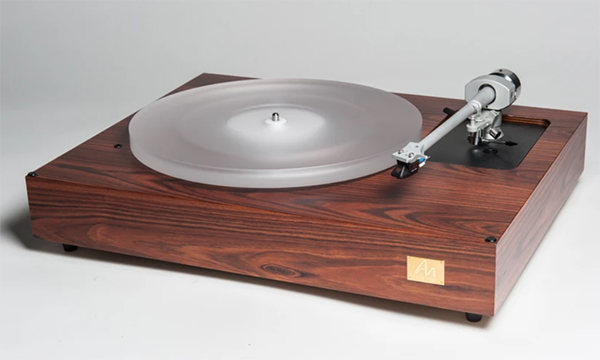"I had to literally tiptoe across the rug-covered, suspended beamed floor of my 100-year-old building in order to not disturb playback.
That said, the TT-One table’s isolation system nonetheless works beautifully,"
Shouldn't isolation PREVENT footfall from disturbing playback?
Beautiful TT but i prefer a removable headshell. Nice to see an in depth review.
"After removing the transport bolt, I adjusted three recessed nuts to level the subplatter, armboard, and tonearm simultaneously."
A photo of that would be informative and interesting.






































































